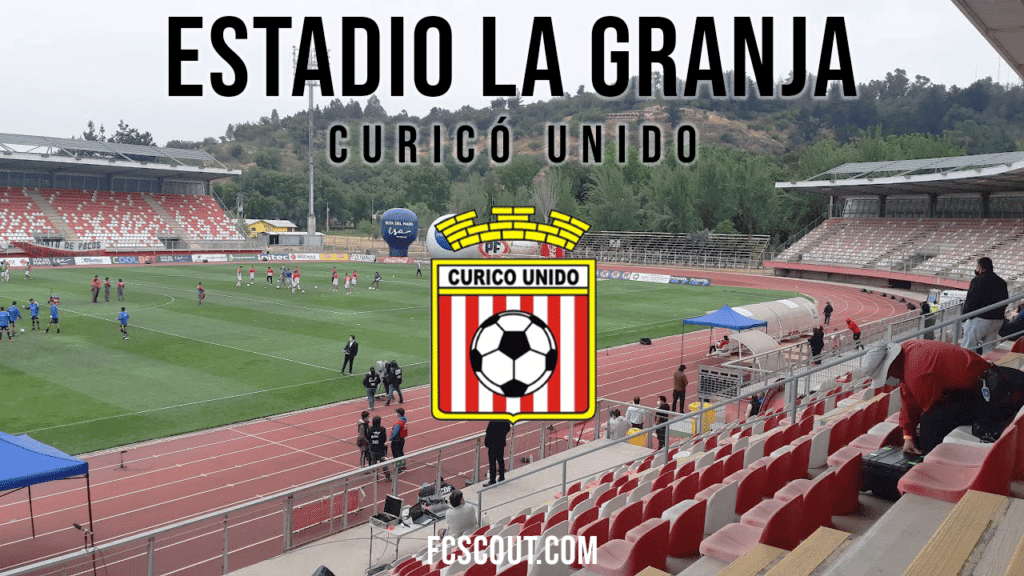Curicó Unido Tryouts
Curicó Unido is a Chilean fútbol club based in Curicó, Chile. The club currently plays in the Chilean Primera División, the country’s highest level of professional club fútbol.
Curicó Unido Recruitment Trials
At the time of this writing, there are no official publishings on Curicó Unido trials. Please come back at a later date while we monitor this club or click here to visit their official Facebook news web page.

EXPLORE MORE CLUBS!
Explore more professional clubs by continent.
Curicó Unido History
On February 26, 1973, Curicó Unido was established, and Edmundo Rojas served as the club’s first President when it was established. They followed in the footsteps of Alianza de Curicó, Luis Cruz Martnez, and Bádminton de Curicó by becoming the fourth football team from the city of Curicó to play at the professional level.
Since the season 1974, Curicó Unido has competed in the Primera B. However, after seven consecutively unsuccessful seasons, they were demoted to the third level for the season 1981. They were promoted back to the Primera B in 1983, two years after their initial demotion.
The years 1984 and 1985 were Curicó Unido’s most successful seasons; they were in contention for promotion right up until the final week of play, but they were ultimately unsuccessful. The subsequent campaigns were mediocre, with the exception of the season 1990, in which they were relegated to Primera B despite winning their final match against Deportes Valdivia by a score of 4–1. This result left them short of the two goals they need to remain in the top division.

Since that time, they had remained in the Tercera División, where they had no real hopes of regaining promotion to the Primera B until the 2003 campaign. But throughout the following year, everything changed. In the year 2004, the albirrojos came very near to regaining their spot in the Primera B. However, the Chillanejos won that game 2–1, requiring a tie breaker match in Linares, which was won by ublense 2–0, giving them the title and the promotion. In the final week of the season, they came as leaders in Chillán to face ublense, who was three points behind at the table. On the other hand, Curico Unido exacted his vengeance in the year 2005.
They continued to battle Trasandino for the title up until the very last week. During the time that Trasandino and Municipal Iquique played to a draw, Curicó defeated Iberia by a score of 4–0. As a result, Provincial Curicó Unido was able to make its comeback to the Chilean professional football league after a 15-year absence. When Curicó Unido made their way back up to the Primera B in 2006, they ended in fifth place overall. The next year, Curico narrowly escaped relegation at the very end of the season, while Deportes Temuco ended in last place and were demoted to the third division of national football for the forthcoming season.
The result of Curicó’s last home game of the 2008 season, a 1–0 victory over Deportes Puerto Montt, was sufficient to secure first place in the Primera B and automatic promotion to the Primera Division. As a result, Curicó was awarded promotion to the Primera Division. Only to drop back down to Primera B the following year after suffering a defeat in a promotion play-off against San Luis. As a result of their victory in the Primera B competition during the 2016–2017 season, they were promoted to the top division in 2017.
Curicó Unido Stadium
A stadium known as Estadio La Granja can be found in the city of Curicó, which is in the Maule Region of Chile. The stadium has space for 8,278 people and is a component of a sizable athletic complex that also includes a gymnasium, swimming pools, tennis courts, a velodrome, and many other sports arenas and grounds. It was formerly used as the home stadium for Alianza de Curico, Luis Cruz, and Badminton de Curico. Currently, it serves as the home stadium for Curico Unido.

The stadium was constructed with an initial capacity of 4,000 seats and is currently owned by the Municipality of Curicó. The initial alteration, which took place in 1985 and involved an increase of around 1,200, was followed by a change that involved an increase to a capacity of 6,000, which took place in 2004. In 2010, the stadium had an almost complete rebuilding, and as of that year, the only part of the original stadium that is still standing is the west stands. In the end, in 2017, the west stands received renovations as well, bringing the total number of seats available up to 8,278.







